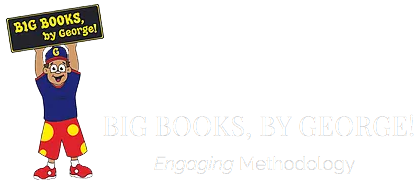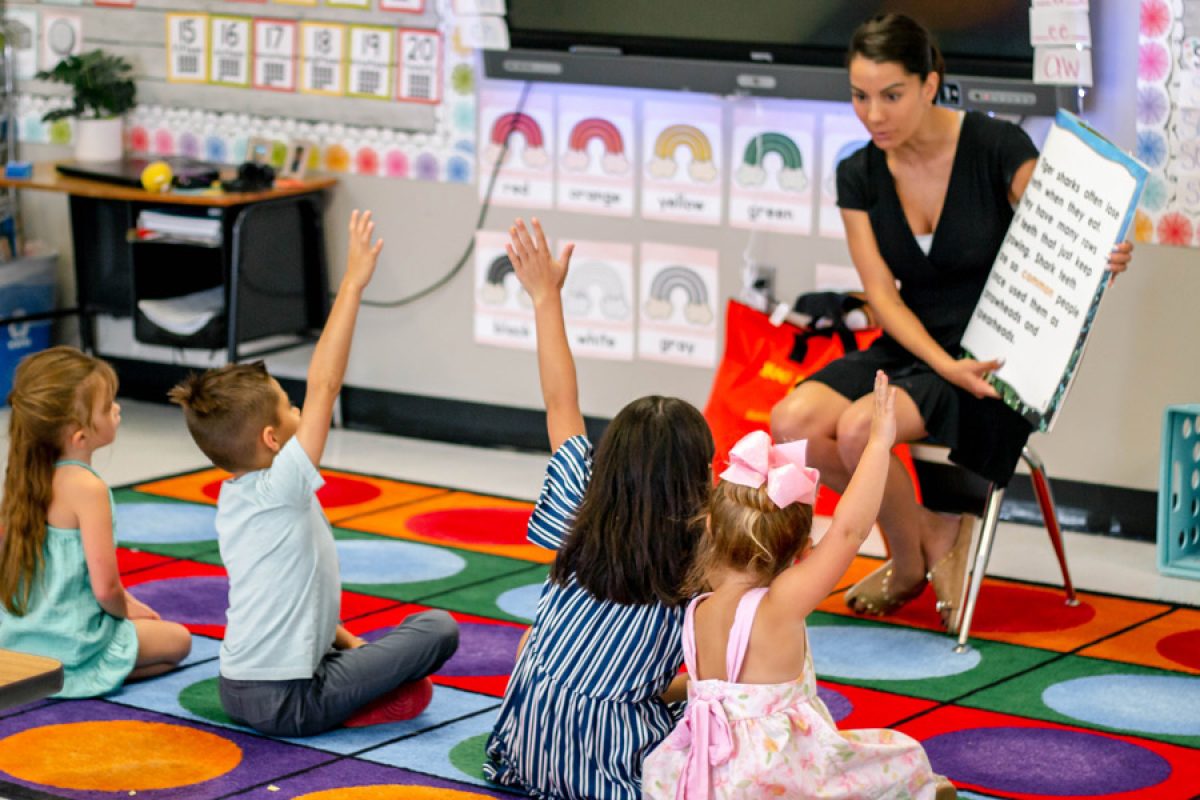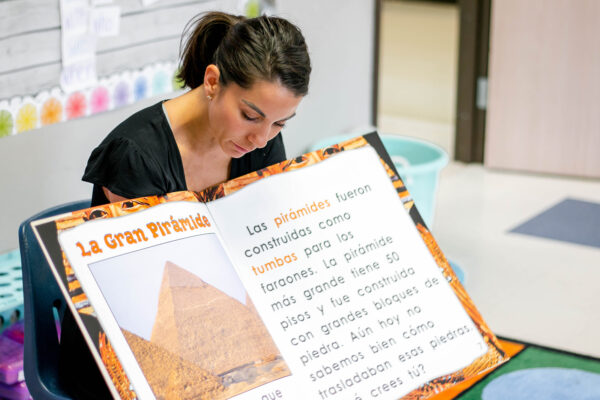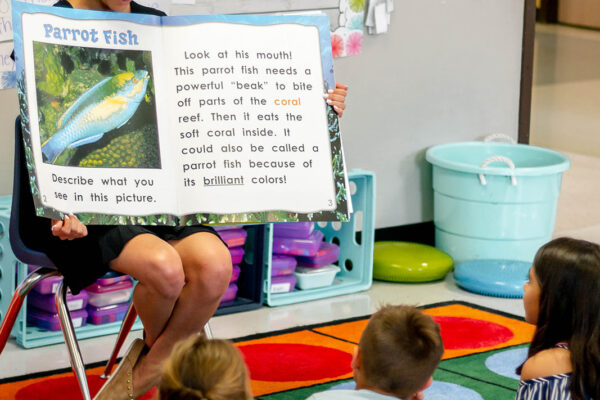Hot off the press comes in this new study in which researchers are re-evaluating the importance of asking questions in order to promote extended language use in the classroom for Emergent Bilinguals.
When measuring a multitude of different way to ask a question, results indicated that single-word response questions yielded the highest rate of extended responses in whole group instruction setting. Furthermore, the responses that included Spanish utterances were extended when answered by students. This is great news! When children are asked a question in one language, they are more inclined to speak in that language when answering. And when the structure of the question encourages lengthier responses, they are getting the opportunity to practice their acquisition skills.
We all know that the way questions are asked in the classroom can promote good or bad behaviors, and can also elicit a positive or negative environment. Dr. Maria S. Carlo, associate professor at University of South Florida, was once herself a bilingual learner in the classroom, and offers some good tips through an interview with the Institution of Education Sciences. She offers some poignant ideas of how to rethink bilingualism in terms of question answering, specifically for item response time when students are formulating responses. She discusses that, in short, because the bilingual brain is operating differently than a monolingual one, the exchanges that take place in the emergent bilingual classroom must operate differently than if in a monolingual one. And this seemingly obvious conclusion cannot be taken lightly. It means that pauses, or interpretations of misunderstanding in the classroom can actually be moments of lightbulbs going off for bilingual students.
So to get to the good questions, and to have your bilingual students blossom, how can you ask these simple questions to get the most bang for your buck? Some good tips are given by Griffin Educational Enterprises when it comes to effective questions asking. There are seven main points to think of when applying questions to a lesson:
- What could it be? Rather than asking for an exact answer, allow your students to allow themselves to be wrong when they are willing to raise their hand.
- Elongate wait time – for emergent bilingual in particular, this can be incredibly helpful! Let the student take their time to formulate their answer… they are making vital connections in order to utilize their vocabulary and acquisition this way.
- Ask multiple students before offering feedback – this creates a snowball effect, in which students are “willing to take a risk and contribute to the classroom discussion.”
- Build on wrong answers- some positive feedback in this scenario is the best way to encourage a student even if their answer is incorrect. Using affirmations like “you’re in the right area” is better than plain old “no”.
- Cold calling- This will always and forever keep students on their toes and ready to participate if need be. They can also phone a friend if the pressure is too much!
- Fist to five – The post explains that “The student uses their hand to indicate how well they understood the concept you have just taught. A fist indicates that they have no clue about what you’ve just said. Five fingers indicates that they have perfectly understood the concept you have taught. The rest of the fingers indicate a continuum from limited understanding to near perfect understanding”.
- And finally, follow up questions – To gauge the depth of understanding for your emergent bilinguals, asking a follow up question is helpful. Something like “why did that happen, or why do you think that’s the reason” is a way to not only encourage more extended answers, but increase confidence as well.




